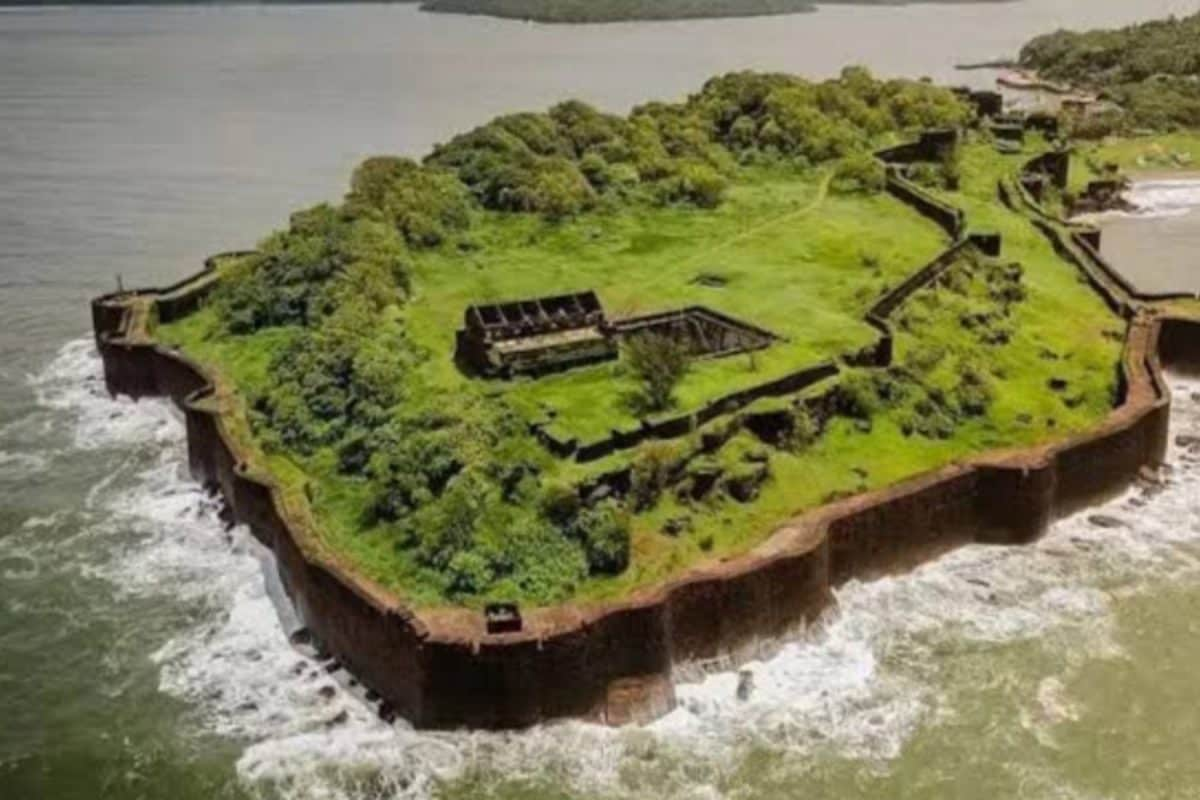

Vijaydurg Fort, a coastal fort located on the Konkan coastline in Maharashtra, India, stands as a testament to the maritime prowess and strategic brilliance of Chhatrapati Shivaji Maharaj. Recently, it has earned UNESCO World Heritage status as part of the "Maratha Military Landscapes," a collection of 12 forts that represent the legacy and vision of Shivaji Maharaj. This recognition highlights not only the fort's historical and cultural significance but also the unique blend of naval strategy and scientific innovation that characterized Shivaji's reign.
Shivaji Maharaj, a 17th-century Maratha ruler, is known as the "Father of the Indian Navy" for his understanding of the importance of naval power. He recognized the need for a strong maritime force to protect his kingdom from foreign invaders, control trade routes, and secure his territory's coastal areas. This vision led to the construction and strengthening of several coastal forts, including Vijaydurg, which served as naval bases and strategic outposts.
Vijaydurg Fort, initially built by Raja Bhoj II of the Shilahar dynasty in the 12th century and known as "Gheria," was captured and significantly enhanced by Shivaji Maharaj in 1653. He renamed it Vijaydurg, meaning "Victory Fort," and transformed it into one of the most impregnable sea forts in India. The fort's strategic location, protected on three sides by the sea and on one side by a ditch, made it a formidable defensive structure. Its triple line of fortifications, towers, and massive walls, some measuring 36 feet high and 12 feet thick, further enhanced its strength.
Shivaji's approach to naval warfare was revolutionary for his time. He established a Maratha naval force, built fortified naval bases, and introduced innovative naval tactics such as guerrilla warfare at sea. His fleet consisted of various types of ships, including warships called "Gurabs" and "Galbats" known for their speed and agility. These ships were strategically positioned in small squadrons to launch surprise attacks on enemy vessels, disrupting their movements and supply lines.
One of the most remarkable features of Vijaydurg Fort is the underwater wall discovered on its western side. This submerged structure, believed to have been built by the Marathas, served as a deterrent to enemy ships, preventing them from approaching the fort too closely. The underwater wall demonstrates an understanding of hydrodynamics and marine engineering, showcasing the scientific advancements integrated into Shivaji's naval strategy. Furthermore, the fort housed granaries, ammunition storage rooms, and freshwater reservoirs, ensuring its occupants could withstand prolonged sieges. Wet docks near the Vaghotan River facilitated the construction and repair of Maratha ships, further highlighting the fort's importance as a naval hub.
The strategic importance of Vijaydurg Fort is further highlighted by its ability to withstand attacks from European maritime powers. The legendary Admiral Kanhoji Angre, a Maratha naval commander, used the fort as a stronghold, maintaining Maratha supremacy over the Arabian Sea. The British and Portuguese, recognizing its strategic value, made several attempts to capture Vijaydurg but were unsuccessful for a long time.
The inclusion of Vijaydurg Fort in the UNESCO World Heritage List recognizes the fort's outstanding universal value as a symbol of Maratha military architecture and naval power. It also acknowledges the innovative military strategies and technological advancements employed by Shivaji Maharaj, which revolutionized warfare in 17th-century India. The recognition is expected to boost tourism and preservation efforts, ensuring that the fort's legacy continues to inspire future generations. The forts included in the "Maratha Military Landscapes" are Salher Fort, Shivneri Fort, Lohgad, Khanderi Fort, Raigad, Rajgad, Pratapgad, Suvarnadurg, Panhala Fort, Vijay Durg, Sindhudurg (all in Maharashtra), and Gingee Fort in Tamil Nadu.
As India strengthens its maritime capabilities, the legacy of Shivaji Maharaj and his forts like Vijaydurg serve as a reminder of the country's rich naval history and the importance of self-reliance in defense. The UNESCO honor bestowed upon Vijaydurg Fort is a tribute to the vision, courage, and scientific acumen of Chhatrapati Shivaji Maharaj, whose contributions continue to shape India's maritime strategy and inspire its naval forces.